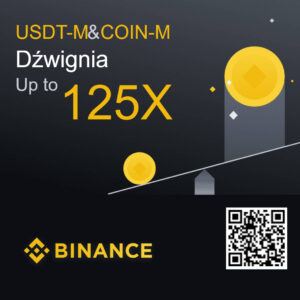Rate Tether 4,06 PLN
Change (24h): 11,74%
Started at: 25-02-2015, Concept: Not mineable
Tags: Stablecoin, OMNI Token, Ethereum (ETH) Token (ERC-20), TRON (TRX) Token, EOS Token, Optimism Ecosystem, Arbitrum Ecosystem, Polygon (MATIC) Token, CELO Token, TON Token, Avalanche (AVAX) Token, Zksync Ecosystem, Cronos (CRO) Token, Linea Ecosystem
Calculator USDT / PLN
How is 1 Tether?
| USDT | 0 PLN | |
| PLN | 0 USDT |
Team
- J. L. van der Velde
- Giancarlo Devasini
- Philip Potter
- Matthew Tremblay
- Stuart Hoegner
Another prices
- COMP 33.01 EUR 0,00%
- COMP 73.000001 USDT 0,00%
- NEU 0.13 EUR 0,00%
- QNT 290 PLN 0,00%
- ASR 1.47 USDT -4,05%
- CTXC 0.00000075 BTC 0,00%
- CRV 0.3763 USDT 0,86%
- ZIL 0.00458 USDT 0,22%
- GXS 0.00004581 BTC inf%
Do you know how buy Tether?
Description
Tether (USDT) is a stablecoin that aims to bridge the gap between cryptocurrencies and traditional fiat currencies by pegging its value to the US Dollar. It allows for digital transactions while minimizing volatility commonly associated with cryptocurrencies. Source: CoinPaprika.com
Do you have account on KryptoBot?



